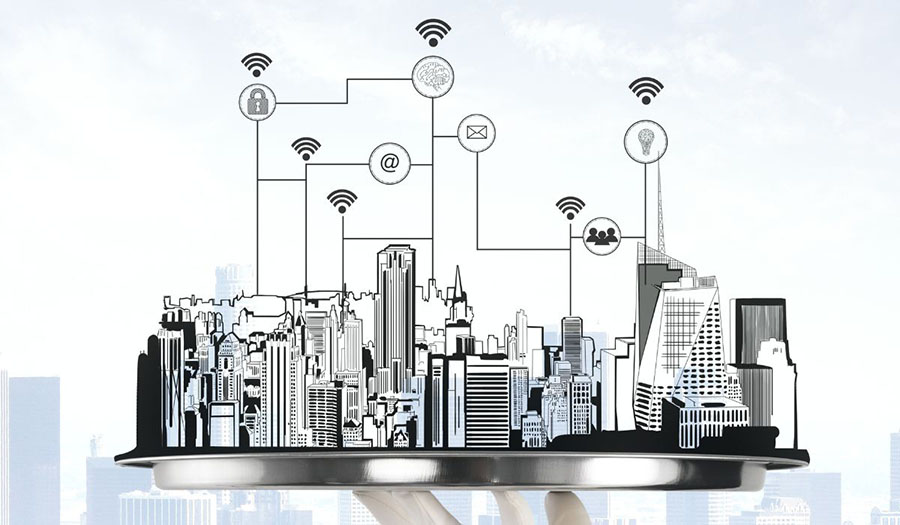In the ever-evolving landscape of technology, 5G has emerged as a revolutionary force that is reshaping the way we connect, communicate, and conduct business. The fifth generation of wireless technology, aptly named 5G, promises to deliver lightning-fast speeds, ultra-low latency, and unprecedented connectivity. However, the implications of this technology go beyond just faster internet on our smartphones – it's set to transform entire industries and pave the way for a new era of innovation.
Unleashing Lightning-Fast Speeds and Ultra-Low Latency
One of the most significant advancements that 5G brings to the table is its incredible speed. With speeds potentially reaching up to 100 times faster than 4G, users can download movies in seconds and stream high-definition content without any lag. This leap in speed not only enhances the user experience but also opens doors to new possibilities. Real-time applications such as augmented reality (AR) and virtual reality (VR) can now operate seamlessly, creating immersive experiences that were previously unattainable.
Moreover, the ultra-low latency of 5G, reducing response times to mere milliseconds, is critical for applications that demand instant communication. This has profound implications for industries like healthcare, where remote surgeries could become a reality, and autonomous vehicles, which require split-second decisions for safe navigation.
A Catalyst for Industry Transformation
Beyond the personal convenience of faster downloads and smoother streaming, 5G technology is poised to revolutionize industries across the board. Take manufacturing, for example. With the integration of 5G, factories can become "smart factories," where machinery and equipment communicate in real-time, optimizing production processes and reducing downtime. This level of automation and efficiency can result in cost savings and increased productivity.
Similarly, the healthcare sector stands to benefit immensely from 5G. Telemedicine will become more accessible and effective, as high-resolution video consultations and remote patient monitoring become the norm. Surgeons might perform complex procedures from different corners of the world, benefiting from real-time haptic feedback and precise control, made possible by the low latency of 5G.
Challenges and Considerations
While the promises of 5G are captivating, there are challenges to overcome. One such challenge is the need for a dense network of small cell towers to support the high-frequency signals that 5G relies on. This requires significant infrastructure investment and regulatory adjustments. Security concerns also come into play, as the increased number of connected devices creates a larger attack surface for cyber threats.
Another consideration is the potential for a digital divide. As 5G becomes the norm in urban areas, rural and underserved communities could lag behind due to infrastructure limitations. Bridging this divide will be crucial to ensuring equitable access to the benefits of 5G technology.
The Road Ahead
The implications of 5G technology are vast and multifaceted, reaching far beyond our smartphones. From enabling remote surgeries to powering autonomous vehicles and transforming manufacturing, 5G is set to redefine industries and the way we interact with technology. As the rollout of 5G networks continues, it's imperative for stakeholders, including governments, businesses, and communities, to collaborate in addressing challenges and ensuring that the transformative potential of 5G is harnessed for the greater good.
In this era of rapid technological advancement, 5G stands out as a beacon of connectivity, offering a glimpse into the future where speed and efficiency converge to create a world that's more interconnected and innovative than ever before. As we navigate the complexities of integrating 5G into our lives and industries, one thing is clear: the transformative power of this technology is boundless.





